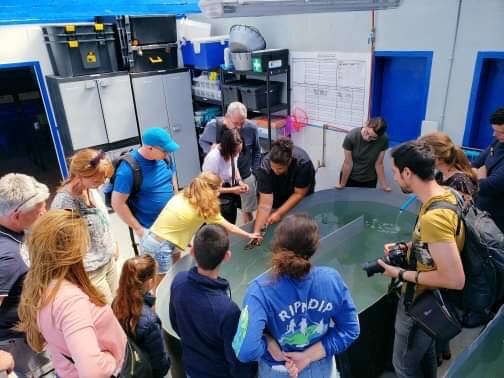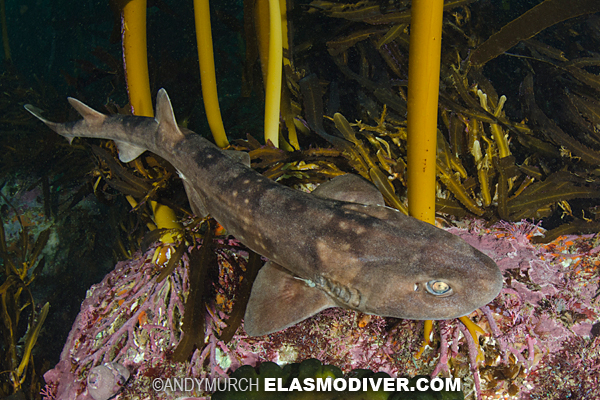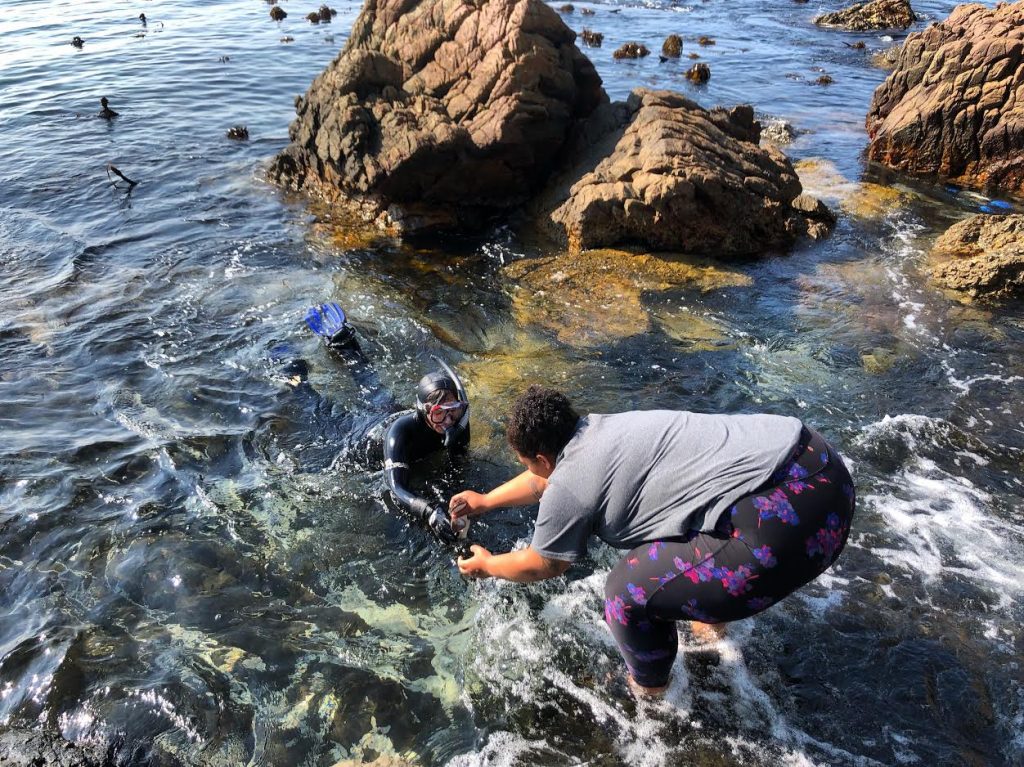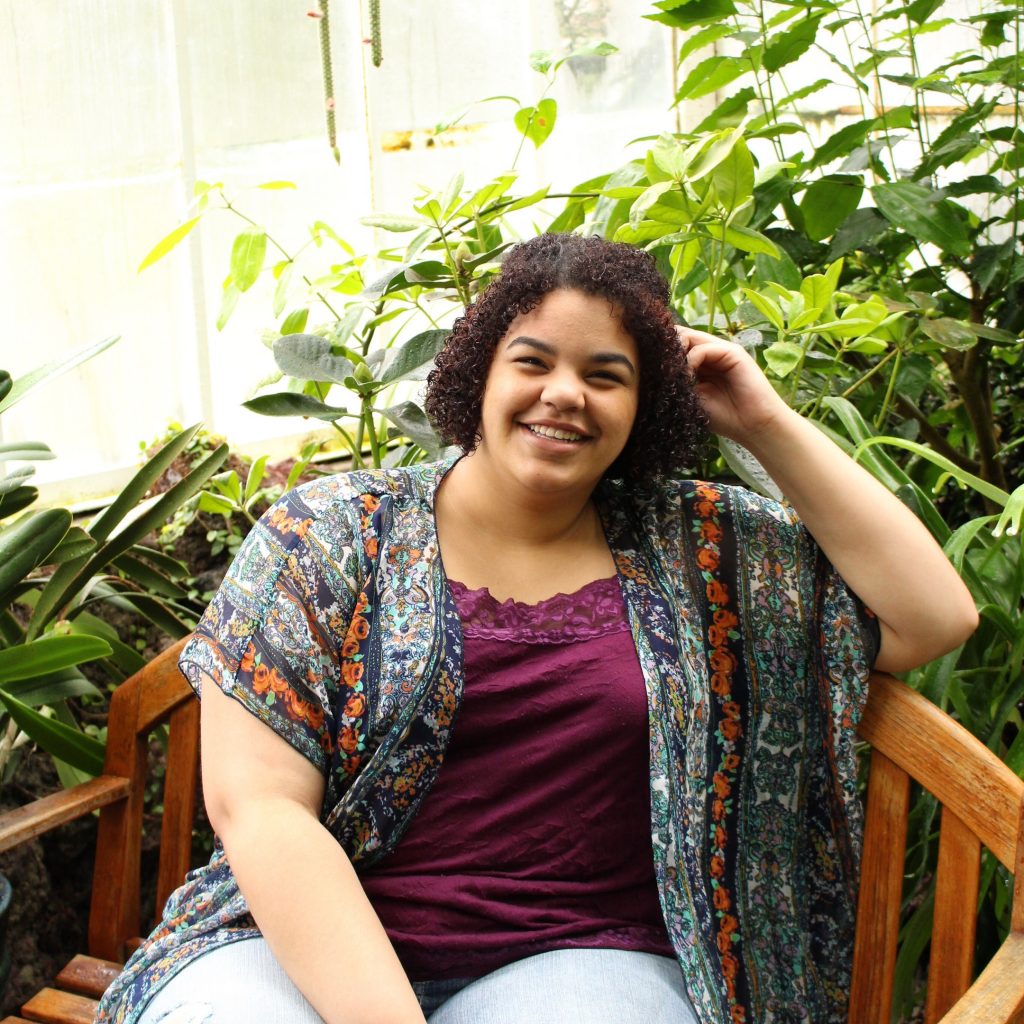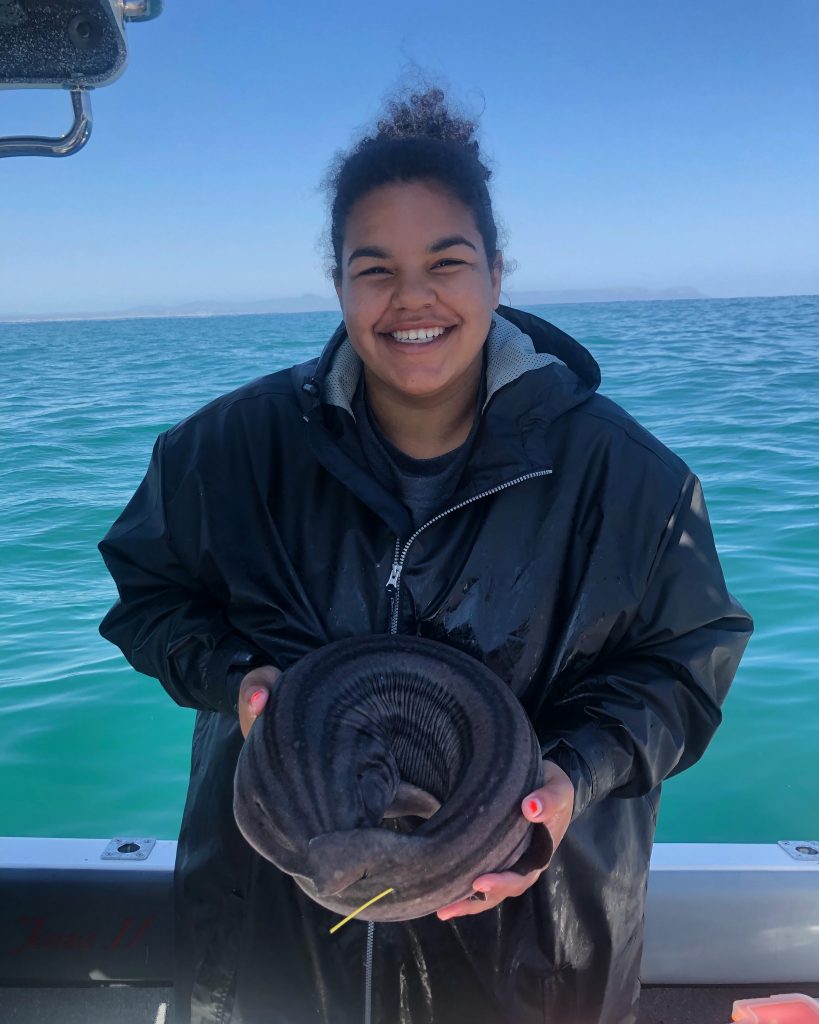
It is my last week with the South African Shark Conservancy. I’ve spent the last 70 days doing what I love with those that I love and now it’s come to an end. I was quite nervous on my day of arrival to South Africa, but I think I am even more nervous to go back home! I feel as if I have a completely different life out here than the life I lived in the States. This is my opportunity to continue living how I would like to, no matter where the location is. As per my previous post, I have learned a ton about myself and what I would like to pursue personally, professionally, and educationally. I am leaving SASC with a better idea of who I am and what I want to do in the future.
Once I get home I plan to finish my schooling, work, and participate in conservation efforts in Washington State. OSU places a heavy emphasis on getting involved in the community or field of interest and now I understand why! I want to stay active and engaged in the scientific community as I finish my degree. After graduation I plan on taking a gap year to gain more experience and complete other internships before applying to graduate school and hopefully coming back to SASC to conduct more research.
I can’t express how grateful I am to have had the opportunity to work with the SASC team and the amazing volunteers and interns. I have never met a group of people more willing to educate early career scientists with such passion and drive. Thank you for the blood, sweat, and tears and challenging me to be the best that I possibly can in all aspects of life. I will always look at the SASC team as family. I highly recommend the internship or volunteer experience with SASC to anyone who is interested in marine conservation with an emphasis on Catsharks. Please check them out at: https://www.sharkconservancy.org/

